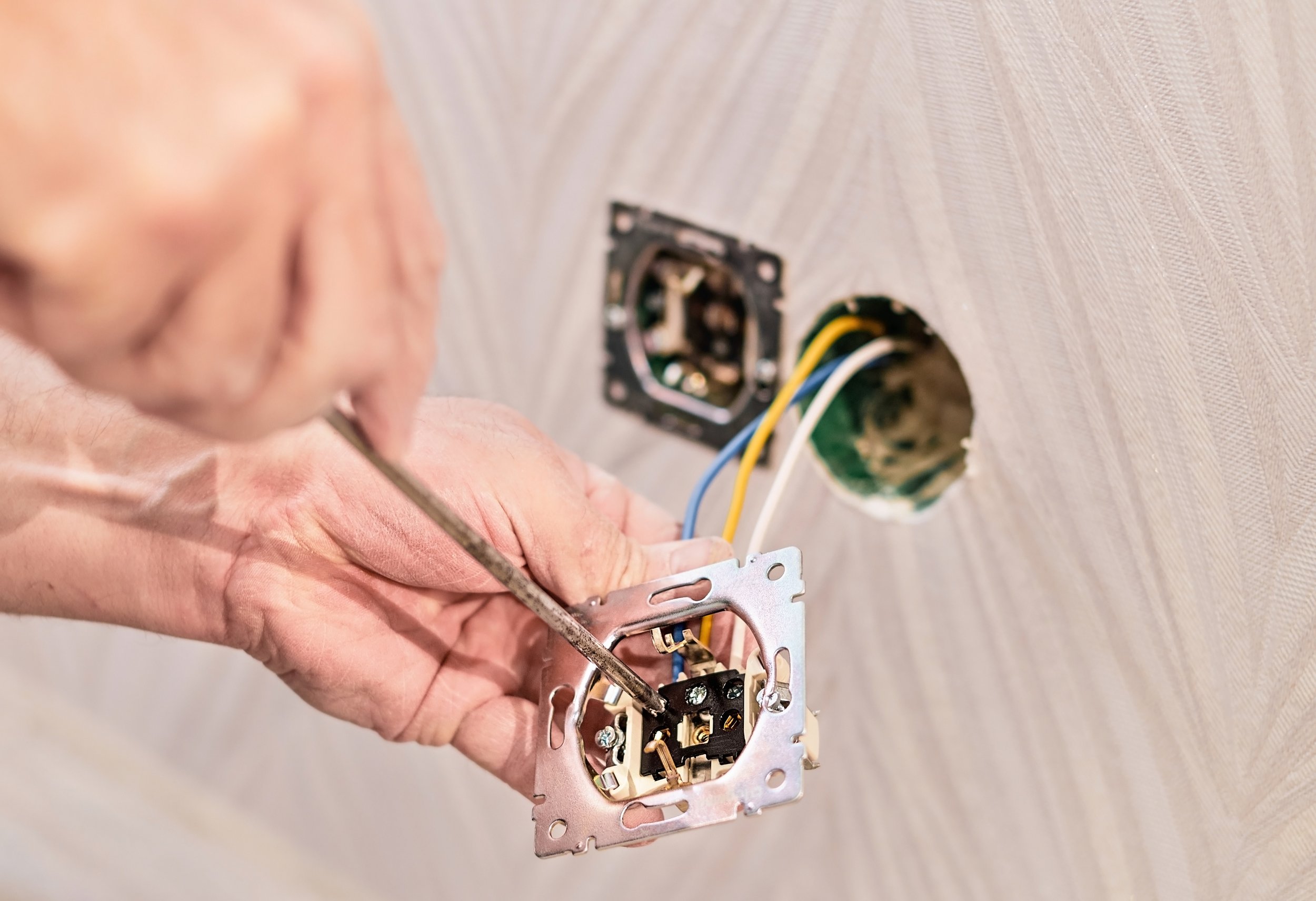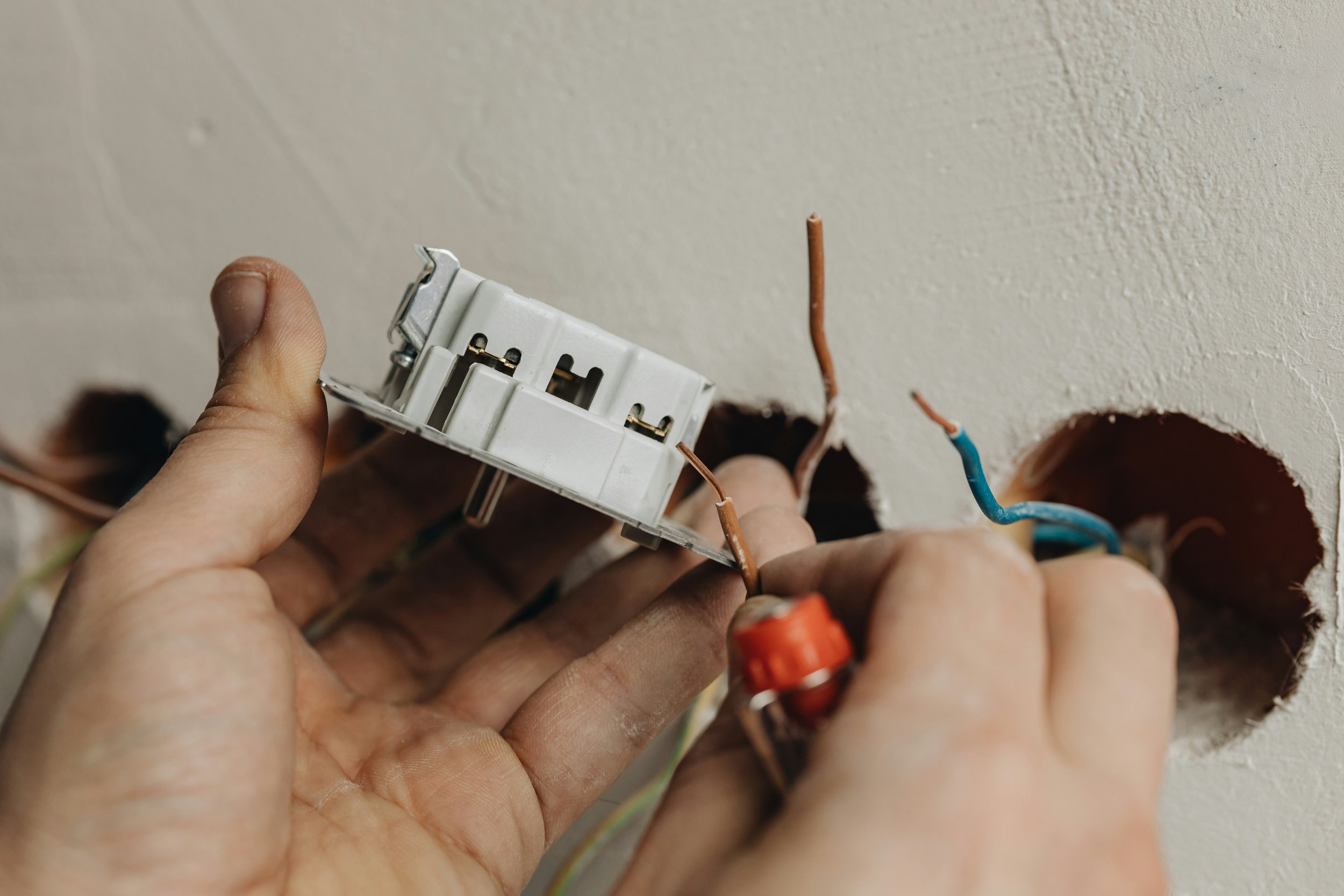Comprehensive Guide to Circuit Breakers: Types, Functions, and Maintenance
Learn about the types, functions, and maintenance of circuit breakers in this comprehensive guide to ensure electrical safety and efficiency in your home.
Imagine a world where every time there is a power surge, the lights in your home flicker, the appliances short circuit, and the entire electrical system is at risk. This scenario underscores the importance of circuit breakers—a small yet mighty part of modern homes and industries. Circuit breakers are not just a critical component of electrical safety; they ensure the continuous, safe flow of electricity in both residential and commercial spaces. But how well do you understand the different types of circuit breakers and their specific uses? This article aims to demystify circuit breakers, focusing on their various types, unique features, and appropriate applications, thereby guiding you in making informed choices about circuit breaker installation.
Why Circuit Breakers Matter
Circuit breakers are pivotal in safeguarding your electrical systems from overloads and short circuits. They automatically interrupt current flow after detecting an issue, thereby preventing potential electrical fires and equipment damage. Whether it is a small home or a large industrial facility, proper circuit breaker installation ensures the protection of all electrical devices connected to the system. Given their role, choosing the right type of circuit breaker for your needs is crucial. Each type offers unique benefits, making it suitable for specific environments and usage conditions.
The Basics of Circuit Breakers
Circuit breakers are electromechanical devices that automatically open and close electrical circuits. In essence, they serve as a resettable fuse. Unlike fuses, which need replacing once they blow, circuit breakers can be reset either manually or automatically to resume normal operation. This feature makes them incredibly valuable in both residential and commercial settings. Circuit breakers detect faults using built-in relays and sensors. When a fault is detected, the breaker trips, breaking the circuit and stopping the flow of electricity. This rapid response prevents damage and reduces the risk of fire and other hazards.
Miniature Circuit Breakers (MCBs)
Miniature Circuit Breakers (MCBs) are the most common circuit breakers used in homes. They are designed to protect electrical circuits from overloads and short circuits in household wiring. MCBs can handle small currents, making them ideal for residential and light commercial use.
MCBs are straightforward to install and maintain, contributing to their popularity in residential electrical systems. Their compact size allows them to fit into standard electrical panels without requiring too much space. Additionally, they are designed to trip rapidly in the event of a fault, ensuring quick response and minimal disruption.
Molded Case Circuit Breakers (MCCBs)
Molded Case Circuit Breakers (MCCBs) are robust devices used primarily in industrial and commercial settings. They are designed to protect electrical circuits with higher current capacities, making them suitable for larger installations. MCCBs can handle currents ranging from 100 to 2,500 amperes, providing extensive protection for complex electrical systems.
One of the key features of MCCBs is their adjustable trip settings. This allows them to be customized according to specific requirements, offering flexibility in various applications. MCCBs are often preferred for use in distribution boards and motor control centers, where precise control and coordination are crucial.
Ground Fault Circuit Interrupters (GFCIs)
Ground Fault Circuit Interrupters (GFCIs) are specialized circuit breakers designed to protect against electrical shocks. They are primarily used in areas with a high risk of water contact, such as bathrooms, kitchens, and outdoor environments. GFCIs are sensitive devices that trip within milliseconds of detecting a ground fault.
The main advantage of GFCIs is their ability to prevent serious electrical injuries. They work by monitoring the amount of current flowing through a circuit and comparing it to the amount returning. If a difference indicates a ground fault, the GFCI quickly cuts off the power supply to prevent harm. GFCIs are mandatory in specific areas in residential settings according to electrical safety standards.
The Role of Arc Fault Circuit Interrupters (AFCIs)
Arc Fault Circuit Interrupters (AFCIs) are another type of circuit breaker that enhances electrical safety. They are designed to detect and mitigate arc faults, which occur when electrical current jumps between two conductors. Arc faults are a common cause of electrical fires, making AFCIs vital in preventing such incidents.
AFCIs are often used with other circuit breakers, providing an additional layer of protection. They are typically installed in bedrooms and living areas, where electrical fires pose a significant risk. AFCIs interrupt the circuit and prevent potential fires by detecting abnormal electrical arcs.
Installation and Maintenance Tips
Proper installation and maintenance are crucial for ensuring the effectiveness and longevity of circuit breakers. During installation, ensure the circuit breakers are correctly rated for their load. Overloading can lead to frequent tripping and reduced lifespan. It is also important to follow manufacturer instructions and consult with a licensed electrician to guarantee compliance with electrical codes.
Maintenance involves periodic testing and inspection of circuit breakers to verify their functionality. This includes checking for signs of wear and tear, inspecting the connections, and cleaning any accumulated dust or debris. Regular maintenance ensures that circuit breakers continue to provide optimal protection and improve the overall reliability of the electrical system.
Conclusion
Circuit breakers are indispensable components of modern electrical systems, offering protection and safety for both residential and commercial applications. Understanding the different types of circuit breakers and their specific uses is crucial in ensuring the reliability and efficiency of electrical installations. From MCBs to MCCBs, GFCIs, and smart circuit breakers, each type serves a unique purpose, catering to diverse needs and environments.
Whether you are a homeowner looking to safeguard your family or a business owner prioritizing operational continuity, investing in the right circuit breakers is a wise decision. By adhering to safety standards, staying informed about technological advancements, and prioritizing regular maintenance, you can ensure a safe and resilient electrical system for years to come.
Stay up to date with our latest ideas!
Exclusive deals just for our readers! Click below to unlock special offers and elevate your shopping experience!








